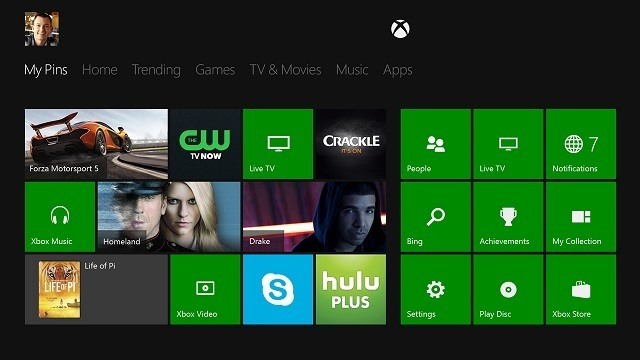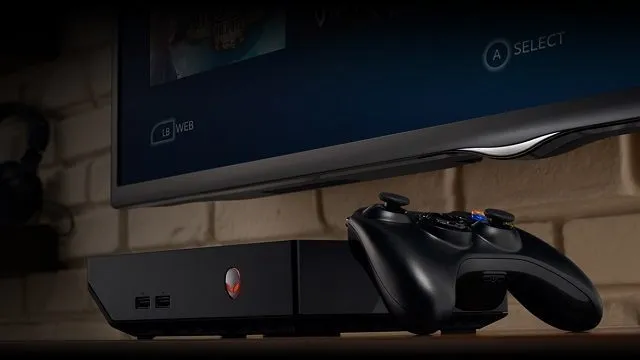You know how it goes by now: the endless class struggle between the console peasants and the PC master race. PCs are better because they have better graphics, more games, and are customizable out the wazoo. Consoles are better because…uh…PC gamers are meanies. And so the arguments go, adnauseum.
But nowadays, there’s a lot less dividing the two than there used to be. More and more, consoles are beginning to resemble PCs: they’ve got desktops full of applications, you can surf the web, you can do multiple tasks at once, watch movies, and so on.
Now, there still *is* a difference between PCs and consoles, but based on what I’ve seen today’s consoles do, I’m beginning to wonder if that difference will last.
What even is a console?
It’s pretty easy to define what a computer is: it’s something that computes. The Merriam-Webster dictionary describes a computer as “an electronic machine that can store and work with large amounts of information.” Guess what consoles do? Answer: both of those things. As do PCs, of course.
A console designed to play games and a gaming rig built to play games are just two examples of the same thing: two large plastic boxes that plug into a tv and play games.
Here’s the definition from Merriam-Webster: “an electronic system that connects to a display (as a television set) and is used primarily to play video games.” By that definition, a console designed to play games and a gaming rig specifically built to play games are just two examples of the same thing: two large plastic boxes that plug into a screen and play games. Fundamentally, the difference is nebulous at best. Gaming PCs and consoles do the same job.
Intended use is not what it used to be
Of course, PCs gamers will be quick to point out that PCs are, on average, far more powerful. They have to be: they’re supposed to do everything. Consoles, on the other hand, were for the longest time only meant to play whatever game was crammed into its slot. What separated the PCs from the consoles was the ability for PCs to be flexible.
At this year’s E3, both Sony and Microsoft have made one thing very clear: they want their systems to replace everything in our living rooms.
Not anymore. At this year’s E3, both Sony and Microsoft have made one thing very clear: they want their systems to replace everything in our living rooms. They want us to come to their consoles for our internet, television, movies, music, news, weather, even our pizza delivery. Their ability to play games is not the only reason to have a console anymore; consoles need to be flexible too.
Fundamental console interface has changed
As a direct result of these new capabilities, the way that console interfaces are designed are also copied from PCs. This is especially noticeable on the Xbox One, but the trends are on all the new systems: the menus are desktops now.

All the applications are arranged into buttons, folders, subfolders, tabs, windows, the works. All things we’re used to seeing on computers, now on our gaming consoles. This isn’t really surprising in Microsoft’s case considering their aggressive efforts to create an all-in-one network between all their devices, including their PCs. But Sony took a hint as well and uses that same square-window arrangement in their PS4 menus, and you can even use a little mouse cursor with the controller touchpad to get around. It even supports a keyboard and mouse.
And, like PCs, both of these consoles are designed to have the power to run several applications at once, even while playing games. All of this equates to scenarios where a shocking amount of time on gaming consoles is spent not playing games. The degrees of separation between gaming PCs and consoles just keep getting fewer and fewer.
What next?
The only major thing that separates PCs and consoles now is the ability with PCs to customize them for better performance. But who knows how long that will last: if console makers have taken this much from PCs already, how long will it be until Microsoft or Sony starts offering official hardware upgrades? Microsoft has already done it with their Xbox Elite controller: an on-market, official customizable controller that was once only possible with after-market brands. I tell you, it won’t be long. Arguably, we’re already there with Valve’s Steam Machines.

But aside from that, we have consoles that play games and happen to do applications, and PCs that run applications and happen to play games. Now, more than ever, this is a “white with black stripes or black with white stripes” kind of situation. When you get down to it, what really is the difference? There is less dividing us as gamers than we think.







Published: Jul 6, 2015 08:52 pm